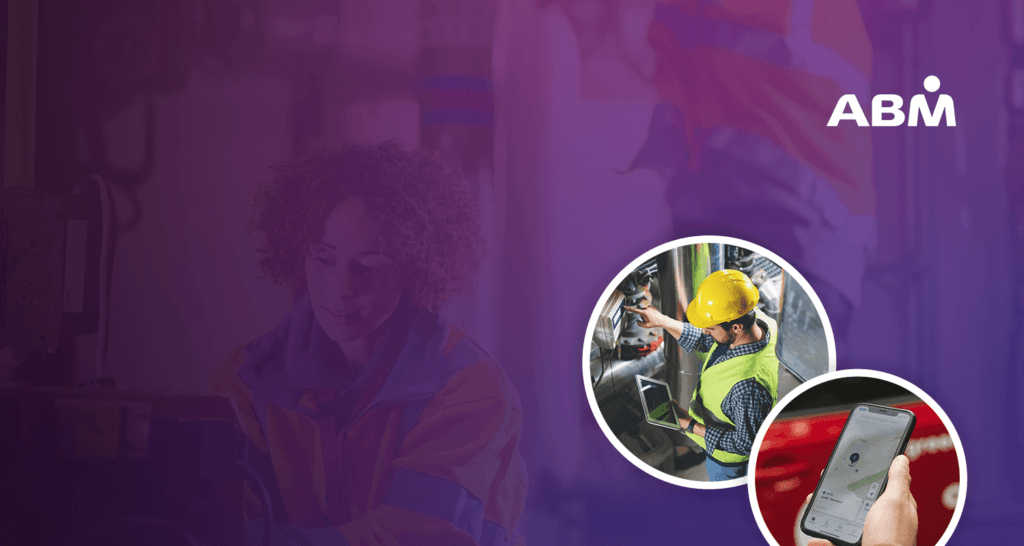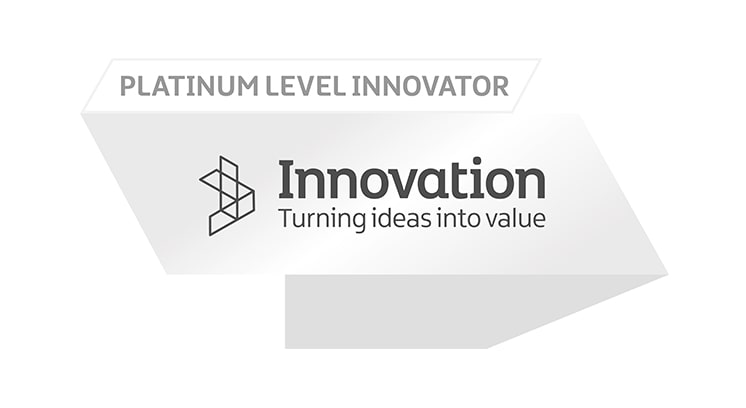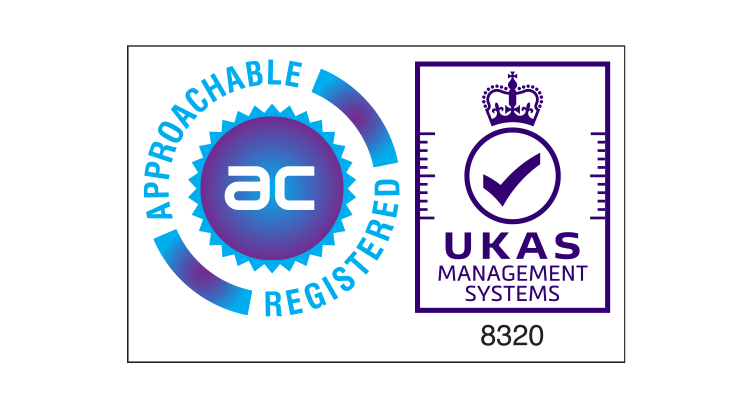Automated Workforce Scheduling
Automated workforce scheduling is the use of workforce scheduling software to automate repetitive, time-consuming processes associated with planning and managing work schedules. This method departs from traditional methods, where service planners would manually craft work schedules, often leading to inaccuracies and human error.
With the rise of workforce scheduling software, organisations can now automate workforce management (WFM), ensure real-time adjustments, minimise labour costs, increase productivity and maximise employee engagement.
Introduction
Automated workforce scheduling is all about efficiency. Across the globe, businesses are exploring innovative solutions to streamline staff scheduling and their operations. One area that’s under the magnifying glass is workforce scheduling.
Traditional methods, often manual and prone to error, are becoming increasingly untenable. This is especially true for industries with dynamic scheduling needs, reacting in real-time to fluctuating demand.
You’ve come to the right place if you’ve been grappling with such challenges. In this guide, we’ll explore the transformative potential of automated workforce scheduling, understanding its core principles, its many benefits, and how you can implement Optimise, a comprehensive workforce scheduling solution. Let’s get started.
What is Automated Workforce Scheduling?
Automated workforce scheduling is about harnessing computational power to create and maintain optimised employee schedules. It aims to achieve many goals:
- manage employee schedules
- maximising output
- minimising labour costs
- enhancing employee satisfaction.
Consider the traditional method, where managers would manually craft work schedules. Not only is this method time-consuming, but it’s riddled with challenges. From keeping up with shifting demands to ensuring the equitable distribution of shifts.
To learn more about workforce scheduling, read this article: What Is Workforce Scheduling?
Now, imagine a system that can gather requirements, establish automation rules and parameters, and then proceed to craft dynamic schedules that tick all boxes. This is the essence of automated scheduling.
Read More: What is Dynamic Scheduling?
Principles of Automating Workforce Scheduling
The process is thorough: it begins with understanding the unique needs of a business. What kind of shifts are typical? Do certain team members have specific requirements? Once these questions are answered, appropriate dynamic workforce scheduling solutions are researched and deployed.
They come with capabilities such as generating conflict-free schedules, accurately tracking employee hours, and even predicting demand based on historical data. The end result? A system that vastly improves accuracy in scheduling, reduces human error boosts employee engagement, and ensures smooth and efficient operations.
How to Implement Automated Workforce Scheduling
Implementing an automated workforce scheduling system isn’t just about purchasing software and hoping for the best. It requires strategic planning and a systematic approach to ensure you reap all its benefits. Here’s a step-by-step guide:
Discover More: The Future of Field Service Management
Key Benefits of Automated Workforce Scheduling
Streamlined Operations and Reduced Costs
Embracing automation let’s you say goodbye to tedious manual scheduling process. The result? A significant cut in administrative expenses. From sidestepping time theft to efficiently managing schedules, businesses can both reduce overtime and rein in labour costs. In essence, automation offers more than just savings; it’s about maximising your operational efficiency.
Precise Services
Automated scheduling is more accurate than manual scheduling. The margin of error is only 5% compared to up to 95% accuracy. This means managers spend less time rectifying scheduling mishaps and more time on strategic decision-making. Moreover, employees enjoy the predictable scheduling it brings, ensuring a healthier work-life balance.
Elevated Employee Engagement and Satisfaction
Automation doesn’t just streamline processes—it elevates the entire workplace experience. With transparent and fair scheduling, shift changes and time-off requests become straightforward. This fosters a positive work environment, curtails turnover, and skyrockets employee satisfaction. A happy team is an engaged team ready to deliver stellar customer service.
Regulatory Compliance
Automated systems establish the parameters of compliance based on input from your experts. Automating this across each step of service delivery subsequently shields your business from breaching compliance regulations. This ensures that you always align with the latest requirements and prevents compliance breaches.
Enhanced Productivity
Remember the era of frantic calls and spreadsheet gymnastics? Those days are history. Today’s automated workforce scheduling tools enable real-time changes, ensuring businesses are agile, adaptable, and ahead of the curve. This leads to a focused team, enhanced productivity, and, ultimately, a heightened level of customer service.
Time Savings and Reduced Human Error
The benefits of automation extend beyond cost savings. By removing the human element from repetitive scheduling tasks, errors become a rare occurrence. As an additional win, your teams now spend less time on repetitive tasks and more time. This grants them the freedom to invest their time in initiatives that drive business growth or improve their work-life balance.
Harnessing Workforce Scheduling Software
Deploying automated workforce scheduling requires finding a solution that bridges the gap between theory and execution. Enter Optimise, Totalmobile’s comprehensive dynamic workforce scheduling solution. Let’s look at how Optimise addresses the critical challenges in workforce scheduling.
Challenge 1: Adapting to sudden service demand changes or unexpected employee absences.
Solution: Dynamic Workforce Scheduling ensures the most efficient staff allocation, effortlessly adjusting to real-time changes. Whether it’s a last-minute task or an unexpected leave, this platform covers it.
Challenge 2: Struggling to maximise service delivery while adhering to crucial SLAs and KPIs.
Solution: By meticulously mapping work requirements with available resources, Optimise guarantees your team remains service-focused. Your teams never drop the ball at a time when the first-time fix is the holy grail.
Challenge 3: The increasing pressure to adopt green operations without compromising efficiency.
Solution: Optimise streamlines operations and reduces how much time your staff spend on the road. This substantially cuts CO2 emissions. It’s an eco-conscious solution tailored for the modern business landscape.
Read more: Totalmobile Solutions & ESG.
Challenge 4: Balancing between full automation and manual adjustments in scheduling.
Solution: Recognising the importance of flexibility, Optimise offers both fully automated scheduling and a manual option. It’s the ideal marriage of tech innovation and the human touch for service scheduling.
Read more: Field Service Engineer Scheduling Software.
Challenge 5: Need for comprehensive visibility into operations.
Solution: Knowledge truly is power. Optimise’s scheduling dashboard gives unparalleled insights into your processes, from real-time work status to route planning.
Challenge 6: Scheduling with adaptability within essential parameters.
Solution: Enter Optimise’s dynamic dispatch feature. Dynamic dispatch schedules tasks one at a time while still respecting critical factors. These include staff location, skill set, and job priority, offering your managers an unmatched degree of flexibility.
Conclusion
Understanding your team’s needs is vital for crafting the best work schedules. With insights into labour costs, scheduling accuracy, employee satisfaction, and regulatory compliance, automated workforce scheduling is a true game-changer.
Automated alerts, GPS, and integration into HR and workforce management systems keep everyone informed and coordinated. Armed with accurate schedules and visibility, that is pretty slick. The upshot? Predictable, efficient scheduling that adapts to demands and keeps operations smooth.
If Optimise sounds like the solution you’ve been waiting for, let’s talk. Together, we can explore how to bring your workforce scheduling into the future.
















